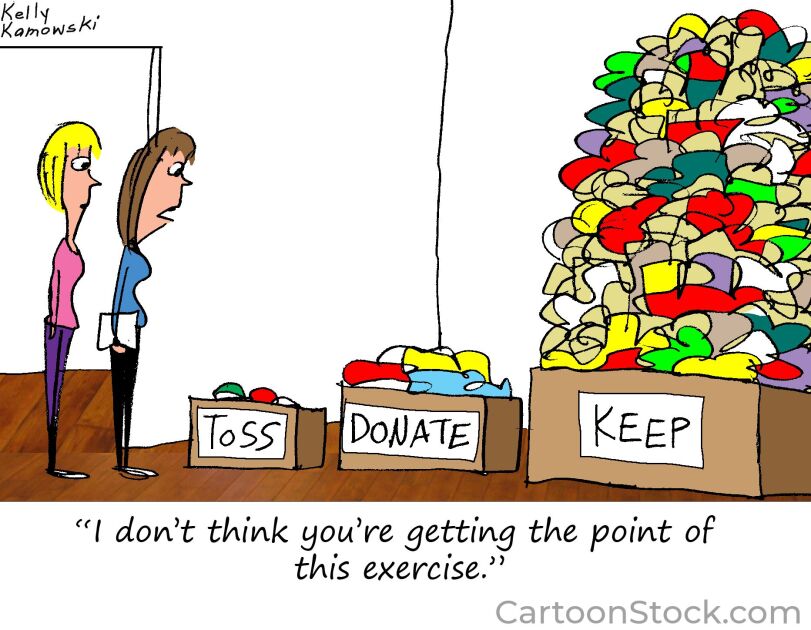The pandemic highlighted the need for current and incoming teachers to understand how to use education technology effectively for teaching and learning.
For current educators, those learning opportunities usually come in the form of professional development sessions hosted by their school or district. For incoming teachers, the responsibility lies with preparation programs.
But how do student-teachers best acquire digital technology skills for teaching and learning? That’s the question Jana Gerard, the coordinator of The EDvolution Center, an innovation and technology lab at Southeast Missouri State University, wanted to answer with her research study, which was presented at the International Society for Technology in Education conference on June 26.
In an interview with Education Week, Gerard discusses the importance of growth mindset for teachers’ learning and what current school and district administrators can do to develop teachers’ ed-tech competence.
This interview has been edited for brevity and clarity.
Why is it important to know how student-teachers acquire digital skills?
There are a lot of conversations around what ed-tech skills preservice educators should have, or whether it should be in a standalone course or not. But there wasn’t a lot of research on how the student-teachers actually gained those skills. How did they actually learn them? It’s important to understand how student-teachers gain these skills and what skills they’re actually gaining, so we know how prepared they are to teach and learn when they’re out with their PK-12 students. Technology is not going away, and we know this is a critical skill that everyone needs to be career ready.
What were the results of your research study?
One of the things I discovered was the format of the class really mattered. [The format of the class in my research] is a blended-learning format. The student-teachers were seated [in class] one day, and then asynchronous the other day. The student-teachers really responded well to that format. It allowed for smaller class sizes, better relationship-building, more hands-on demonstrations, and better class discussion.
Another finding is that classes shouldn’t focus on just teaching them the technology. It was also making sure that [student-teachers have] a growth mindset about technology. They needed to be prepared for the fact that technology is ever changing, and that they would never be at that point where they’re like, ‘Oh, I know everything I need to know about technology,’ because that’s not how technology works.
The other thing that came out of it was that the digital competency of the professor teaching the course was a huge factor in the success in the learning of the student-teachers. The professor that was teaching those classes was very digitally competent and that really had an impact on the student-teachers’ abilities to gain those ed-tech skills.
What should teacher prep programs do to better prepare student-teachers to teach with digital technology?
Leadership in educator preparation programs really need to find the time and space to support teacher-educators in being digitally competent—providing the funds and the time for them to do professional development, so that they can remain digitally competent. Because if they’re not digitally competent, they can’t assist their student-teachers in being digitally competent.
What should current K-12 teachers, principals, and district leaders take away from this study?
One of the big takeaways would be that the digital competence of the instructor has an effect on the digital competence of the students. So that applies also to inservice teachers—the more digitally competent our inservice teachers are, the more digitally competent their PK-12 students are going to be.
It’s important to provide that time and space and funds for those teachers to remain digitally competent. There’s so many other things on teachers’ shoulders, so it’s up to district leadership to find ways—be that ed-tech coaching, be that finding money for substitute teachers so teachers can take some time to do that professional development, or finding funding to compensate them for time that they spend doing the learning.
Then also the whole idea of a growth mindset about technology—that is also something that inservice teachers need, as well. That idea that technology knowledge is not finite—that they need to be willing to be a lifelong learner. It can be scary especially now in the age of artificial intelligence, but that growth mindset really is important and just being like ‘OK, so I don’t know yet’—that power of yet.










